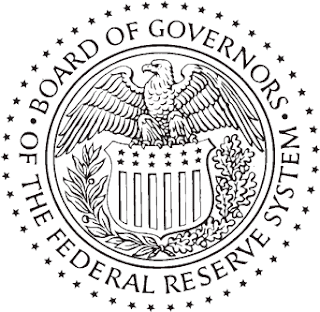New Credit Card Rules Going Into Effect On August 22, 2010
 If you've ever paid a really high late-payment fee, or if you've ever felt like a sucker after reading the terms and conditions associated with a new credit card and realized you accepted an unreasonable fee schedule, then you'll like today's news. On August 22, 2010, the nation's top banking regulator -- the Federal Reserve -- is set to put into place new rules that limit certain credit card fees. For example, credit card banks will no longer be able to charge more than $25 as a late payment fee, while a penalty fee can no longer exceed $20.
If you've ever paid a really high late-payment fee, or if you've ever felt like a sucker after reading the terms and conditions associated with a new credit card and realized you accepted an unreasonable fee schedule, then you'll like today's news. On August 22, 2010, the nation's top banking regulator -- the Federal Reserve -- is set to put into place new rules that limit certain credit card fees. For example, credit card banks will no longer be able to charge more than $25 as a late payment fee, while a penalty fee can no longer exceed $20.Here's a clip from yesterday's Federal Reserve press release:
- "... Prohibits credit card issuers from charging a penalty fee of more than $25 for paying late or otherwise violating the account's terms unless the consumer has engaged in repeated violations or the issuer can show that a higher fee represents a reasonable proportion of the costs it incurs as a result of violations.
- Prohibits credit card issuers from charging penalty fees that exceed the dollar amount associated with the consumer's violation. For example, card issuers will no longer be permitted to charge a $39 fee when a consumer is late making a $20 minimum payment. Instead, the fee cannot exceed $20.
- Bans "inactivity" fees, such as fees based on the consumer's failure to use the account to make new purchases.
- Prevents issuers from charging multiple penalty fees based on a single late payment or other violation of the account terms.
- Requires issuers that have increased rates since January 1, 2009 to evaluate whether the reasons for the increase have changed and, if appropriate, to reduce the rate.
The final rule represents the third stage of the Federal Reserve's implementation of the Credit Card Accountability Responsibility and Disclosure Act of 2009, which was enacted in May 2009. The provisions of the Act addressed in this rule will generally go into effect on August 22, 2010..."
Labels: credit_card_reform, credit_card_terms_and_conditions, federal_reserve
|
--> www.FedPrimeRate.com Privacy Policy <--
> SITEMAP < |



